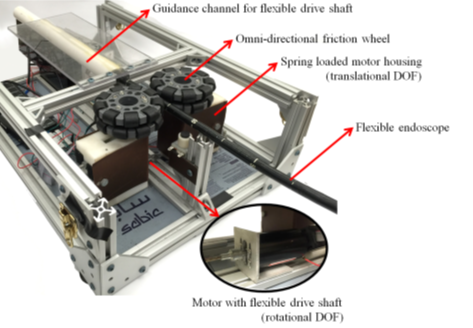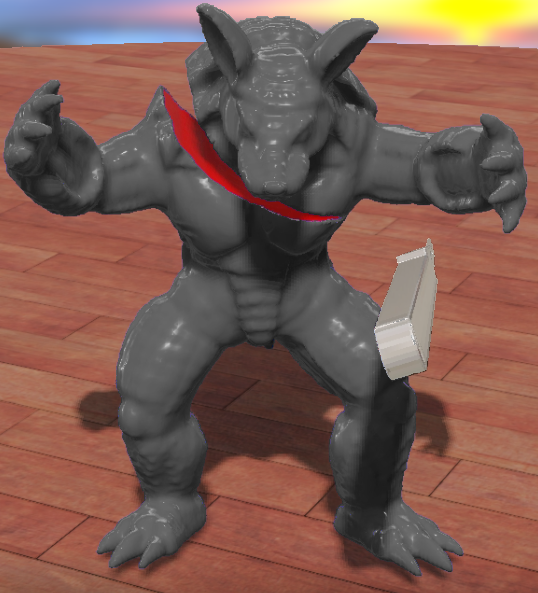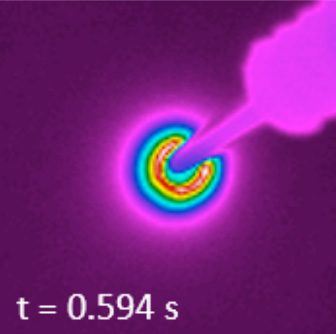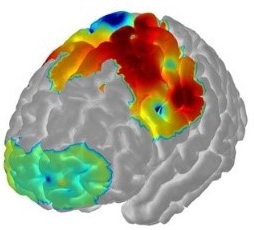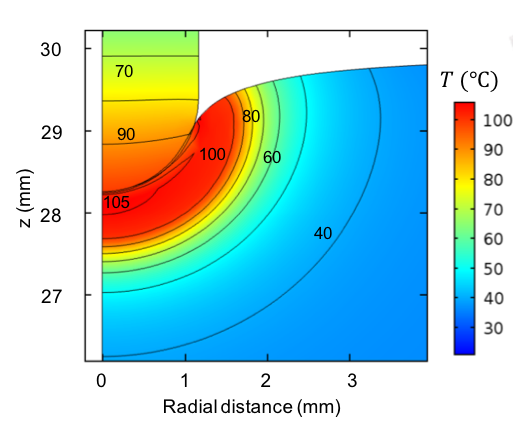Research Areas
Our research combines the fields of haptics and virtual reality to create immersive surgical simulators. For haptics, we explore the fields of kinesthetic and tactile interfaces to deliver powerful and precise physical feedback. We complement this with realistic visuals in both VR and desktop environments.
Research includes Constrained Particle Dynamics (CPD) and Voxel-based cutting methods
Our aim is to develop experimental and computational techniques to gain fundamental understanding of thermomechanics of soft tissue by identifying the nonlinear, anisotropic, and layer specific thermomechanical properties, and by quantifying the thermomechanical damage due to intense energy fields, e.g. laser, radio frequency alternating current, ultrasound, etc.
Fluid-structure interactions (FSI) are involved in many engineering and bio-mechanical systems.
Our research is to utilize non-invasive brain imaging techniques, such as functional near-infrared spectroscopy (fNIRS) or electroencephalography (EEG) to study correlations between functional and anatomical cortical information and surgical skill proficiency. We also aim to study the effect of brain stimulation techniques, such as tDCS and tRNS, on surgical motor skill learning, and also make comparison between these two methods, for future application of neuromodulation techniques on surgery trainees.
Our objective is to adopt a multiscale viewpoint and seek explanations of phenomena observed at the upper-scale based on lower-scale physics and computations. To this end, we have developed a class of efficient and robust multiscale methods known as global-local or computational homogenization techniques with application to various areas including computational mechanics of molecular crystals, computational radiation material science, and multiscale modeling of composites.
Our research is aimed at predicting the extent of damage of soft tissue considering cellular level physics that is incorporated within the tissue level continuum model using a multiphysics modeling framework.
We have developed crystal plasticity finite element (CPFE) models to describe the microstructure based thermomechanical response of anisotropic crystalline engineering and biological materials. These models are applied to the diverse fields including Mechanics of Molecular Crystals and Radiation Material Science.


